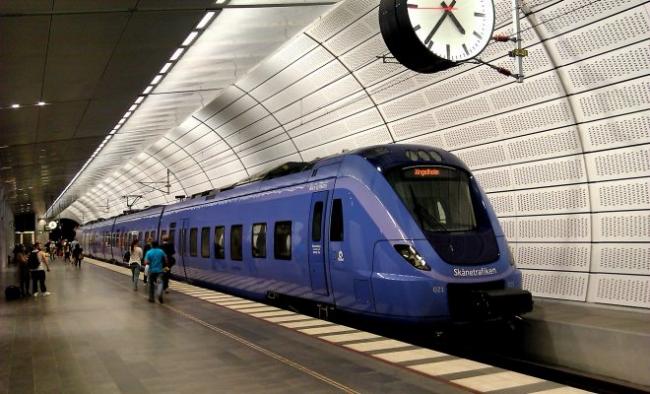Articles Menu

JANUARY 27, 2020
Experiments with free public transit in cities across the U.S. are returning a mix of responses, including support from riders, cost concerns from managers, and questions about whether they actually result in fewer cars on the road.
Lawrence, Massachusetts, a former industrial city of 80,000, recently began a two-year experiment with fare-free transit, reports the New York Times, and regular users, especially those with low incomes, are embracing the program. Ridership is up 24% since the pilot launched in September.
Olympia, Washington, a town of 50,000, went fare-free at the beginning of the year. And Government Technology magazine reports that Kansas City, Missouri, population 500,000, is following suit with a transit fare phaseout, starting with free rides for high school students and veterans.
But who will ultimately foot the bill for free buses? That’s the question being raised by critics of the idea, such as Brian Kane, deputy director of the Massachusetts Bay Transportation Authority. MBTA, which monitors the financing of Boston’s public transit system, generated US$109 million in revenue from fares in 2019.
“There’s no such thing as free,” Kane told the Times. “Someone has to pay. Boston has the highest-paid bus drivers in the country. They’re not going to work for free. The fuellers, the mechanics—they’re not going to work for free.”
But that lost revenue could be replaced with a 2% increase in gas taxes in Boston, say advocates. Some are also calling on local philanthropists to step in and cover the bill.
However they’re paid for, fare-free buses could be a “key factor” in advancing efforts toward social and racial equity, reports the Times. “Think about who is using our buses: it’s Black people, folks who live in communities where there are deep, deep concentrations of poverty,” said Kim Janey, a regular transit rider who was recently elected president of Boston’s city council. Janey has proposed abolishing fares on particular routes that travel through Boston’s lower-income areas.
That free fares do increase ridership—and do so virtually overnight—has been proven in a handful of experiments over the past few decades, notes the Times. Pilot projects in Denver and Austin saw ridership increase “between 20 and 60% in the first few months”.
What the experiments did not prove, however, is that free transit drives down carbon pollution by reducing the number of cars on the roads. Citing a 2012 study by the National Academies Press, the Times reports that any new riders brought in by the pilot programs “tended to be poor people who did not own cars”.
Currently, says the Times, about 100 cities across the world offer free public transit, with the vast majority of them in Europe, especially France and Poland.”
[photo: pxhere]